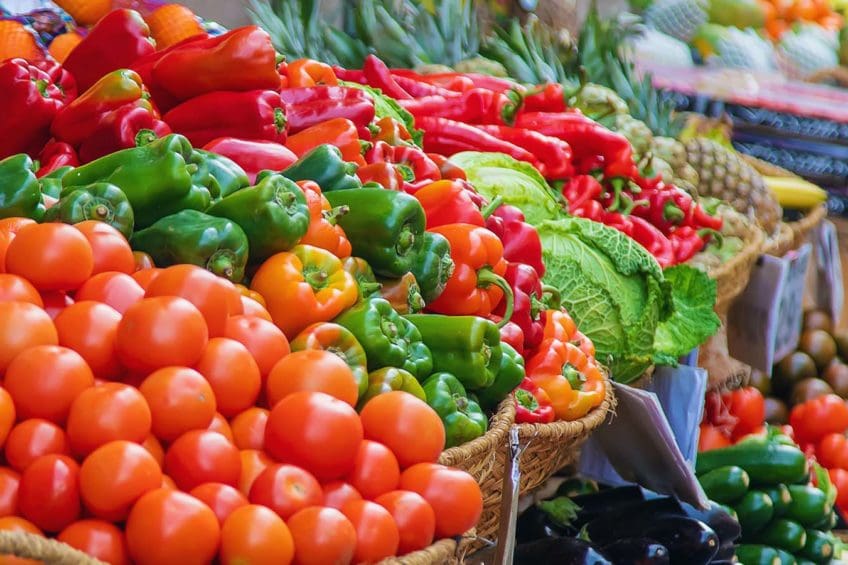5 Ways to Save Money on Groceries
It’s no secret that grocery prices are on the rise. Since April 2021, the cost of produce, meats, and staple foods such as pasta, cereal and bread have risen by up to 20 percent. Fortunately, our chef has some practical ways to shop smart and save on groceries.
1. Be mindful of purchasing pre-packaged food items
Buying fresher ingredients can help to save on groceries. Food processing involves changing foods from their original form to another, making foods cost more. Look for foods that are closer to their original forms. For example:
· Larger cuts of meat will cost less than meat that has already been cut into smaller pieces
· Block cheese will cost less than grated cheese
· Fresh produce will be more affordable than a pre-made fruit or vegetable platter
· Cooking with fresher ingredients allows us to see what is going into our food, practice our cooking skills, and save money at the same time.
2. Get creative with protein sources
The price increase has not been the same for all meats; beef and bacon have had the most significant increases compared to chicken and pork. Plant-based proteins such as beans and lentils remain the most affordable. For comparison:
· One 19-ounce can of beans (about 2 cups of beans) = $1.48
· 2 cups cooked ground beef = $3.27
As an additional benefit, beans and lentils provide fibre which helps with gut health and staying full for longer after meals.
3. Meal plan
Planning what you would like to eat for the week makes grocery shopping and cooking much easier.
· Planning meals ahead of time allows you to create a grocery list with only the items you will need and prevents you from buying things you do not need. This helps eliminate food waste as well as save money.
· Meal planning can help you to choose meals based on what is on sale at the supermarket each week.
· Planning meals and shopping trips lets you put more thought into the foods you purchase which can lead to choosing less expensive items and an increased likelihood of eating balanced meals more often.
4. Choose frozen or canned produce
· Fresh fruits and vegetables are sometimes seen as healthier than canned or frozen produce. However, frozen fruits and vegetables are often frozen at peak ripeness, which means they will be packed with vitamins and minerals and taste great too.
· Frozen produce also has a long shelf life, which can reduce the amount of food that is thrown away, saving you money in the long term.
· Canned produce is similar in that it is canned right after being picked and keeps its quality while canned.
· One thing to keep in mind when shopping for canned fruits and vegetables is added sugar or syrup in fruits and added salt in vegetables. Look for canned fruits and vegetables that say “no sugar added” or “no sodium added” to avoid these. You can also rinse canned fruits and vegetables to eliminate some of the added sodium or sugars.
5. Cook more foods at home
Increased food costs have affected restaurants as well, which has made dining out more costly. While it is certainly important to support local restaurants if you can do so, to save money, try preparing more meals at home and save dining out at restaurants for special occasions.
We have selected some simple recipes you can find on My Viva Plan’s “Recipes” section to help you prepare delicious food at home.
- Mediterranean Egg Wraps – $1.67 per serving compared to Starbucks’ Spinach, Feta & Egg White Wrap at $4.95 per serving.
- Tomato Basil Soup – $0.64 per 1.5 cup serving compared to $2.41 for 1.5 cups of Pacific Foods Creamy Tomato Basil Soup.
- Baked Peanut Butter and Banana Oatmeal – $0.94 per serving compared to Starbucks’ Oat Bar at $2.65 per serving.
- Chickpea Energy Bites – $0.44 per serving compared to Clif Energy Bars at $1.83 each.

